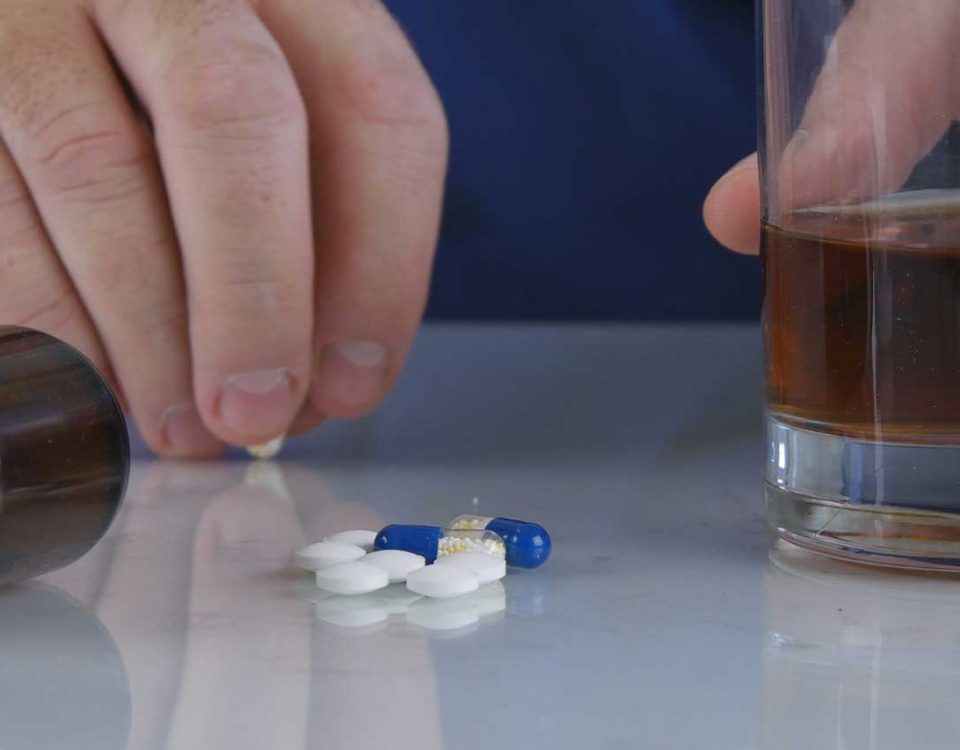Tramadol can cause seizures, especially when taken in high doses or mixed with other drugs that lower the seizure threshold.
Also known by brand names like Ultram and ConZip, tramadol is a type of opioid drug used to alleviate moderate to severe pain. It alleviates pain by attaching to opioid receptors in the brain and body, blocking pain signals, and producing sedation and relaxation. Today we’re going to look into tramadol seizures and why they occur.Link Between Tramadol and Seizures
Seizures are sudden, uncontrolled electrical disturbances in the brain that can change your behavior, movements, feelings, or levels of consciousness. They’re most common among people with epilepsy, a disorder in which nerve cell activity in the brain is disturbed. Having two or more seizures at least 24 hours apart that aren’t caused by an identifiable cause is generally diagnosed as epilepsy. Seizures can also be caused by various other factors, such as a head injury, infection (like meningitis), and drug use. Although rare, tramadol has been known to cause seizures, particularly when taken in larger doses than directed by the prescribing physician or when it’s combined with other medications that may increase the body’s vulnerability to seizures. Tramadol causes seizures by stimulating opioid receptors and inhibiting noradrenaline and serotonin reuptake. Noradrenaline or norepinephrine is a neurotransmitter that increases the force of skeletal muscle contraction and the rate and force of heart contractions. Serotonin is another neurotransmitter that plays a key role in stabilizing our mood and feelings of well-being. Research has also displayed a correlation between elevated serotonin levels and seizures. Considering that tramadol blocks the reuptake of this chemical in the body, it’s understandable why someone who takes dangerously large doses of the drug can increase their risk of having a seizure. Particularly, tramadol causes short, tonic-clonic seizures, which involve a loss of consciousness and violent muscle contractions. Commonly referred to as grand mal seizure, a tonic-clonic seizure has two stages: loss of consciousness that lasts about 10 to 20 seconds, followed by muscle convulsions that typically last for about two minutes.Common signs and symptoms of tonic-clonic seizures include:
- Symptoms of the tonic phase:
- Stiff muscles
- Cry or groan from air being forced past the vocal cords
- Biting their tongue or the inside of their cheek
- Symptoms of the clonic phase:
- Arms and legs jerk rapidly and rhythmically, being and relaxing at the elbows, hips, and knees
- Jerking begins to slow and eventually stops after a few minutes
- After the seizure:
- Dusty or blueish looking skin if they have trouble breathing or if the seizure lasted too long
- Loss of control over bladder or bowel movements as the body relaxes
- Returned consciousness or a person’s awareness
- Sleepiness
- Confusion
- Irritability
- Depression
- Fatigue
Tramadol and Serotonin Syndrome
In addition to seizures, tramadol can cause serotonin syndrome as well. Serotonin syndrome occurs when you take medications that elevate the levels of serotonin, causing it to accumulate in your body. Again, considering that tramadol acts on this chemical, it’s understandable why it can lead to serotonin syndrome. Although serotonin is necessary for nerve cells and the brain to function, high levels can lead to symptoms ranging from mild to severe, including shivering, diarrhea, muscle rigidity, fever, and seizures. However, although serotonin syndrome can lead to seizures, high serotonin levels cannot cause epilepsy, or at least there are no known reports of this ever happening. Nonetheless, serotonin syndrome can be fatal if not treated right away, so if you recognize the signs of serotonin syndrome in a loved one, such as confusion, dilated pupils, and muscle rigidity, get medical assistance immediately.Tramadol Overdose Seizures
In addition to increasing levels of serotonin in the body, tramadol seizures can also be caused by an overdose. Seizures are one of several side effects of most, if not all, opioid overdoses. Again, this condition occurs when there’s a significant imbalance in brain activity and neurotransmitters, leading to irregular neural signaling. Tramadol overdose is associated with a high risk of seizures as well as respiratory depression. Because opioids are CNS depressants, they slow down important functions in the body, such as heart rate and breathing. Tramadol overuse intensifies these side effects, which - depending on the dose - can get to a point where they become life-threatening. In one case, a 19-year-old male attempted to commit suicide by ingesting 4000 mg of tramadol. He was hospitalized for side effects like seizures, confusion, and myosis. Thankfully, his condition improved, and he was released a few days later.2Help for Tramadol Addiction
Opioids like tramadol are highly addictive and can create dependence even in people who use the drug as directed for long periods. Seizures aren’t the only risks of tramadol abuse. Drug addiction can not only lead to numerous health problems, but it can also destroy your relationships, career, financial status, and overall well-being. If you or a loved one has developed a drug or alcohol use disorder, our specialists are here to help. Our Texas rehabilitation center offers a variety of treatment programs, like residential drug treatment, which allows patients to live at our facility while they recover and receive medical care and counseling. From medically monitored detox to address withdrawals to one-on-one and group therapy sessions to tackle the root causes of their disorders, our facility utilizes different evidence-based modalities to ensure that our patients can achieve addiction-free lives. Even if you aren’t ready to take that step right now but want to learn more about the long-term effects of substance abuse or our drug addiction treatment in Texas, our team members are available to answer all of your questions.Call Banyan Treatment Centers today at 888-280-4763 for more information. Help is just a phone call away.
Related Reading: Can You Take Tramadol and Hydrocodone Together? Effects of Taking Tramadol & Ativan Sources:









